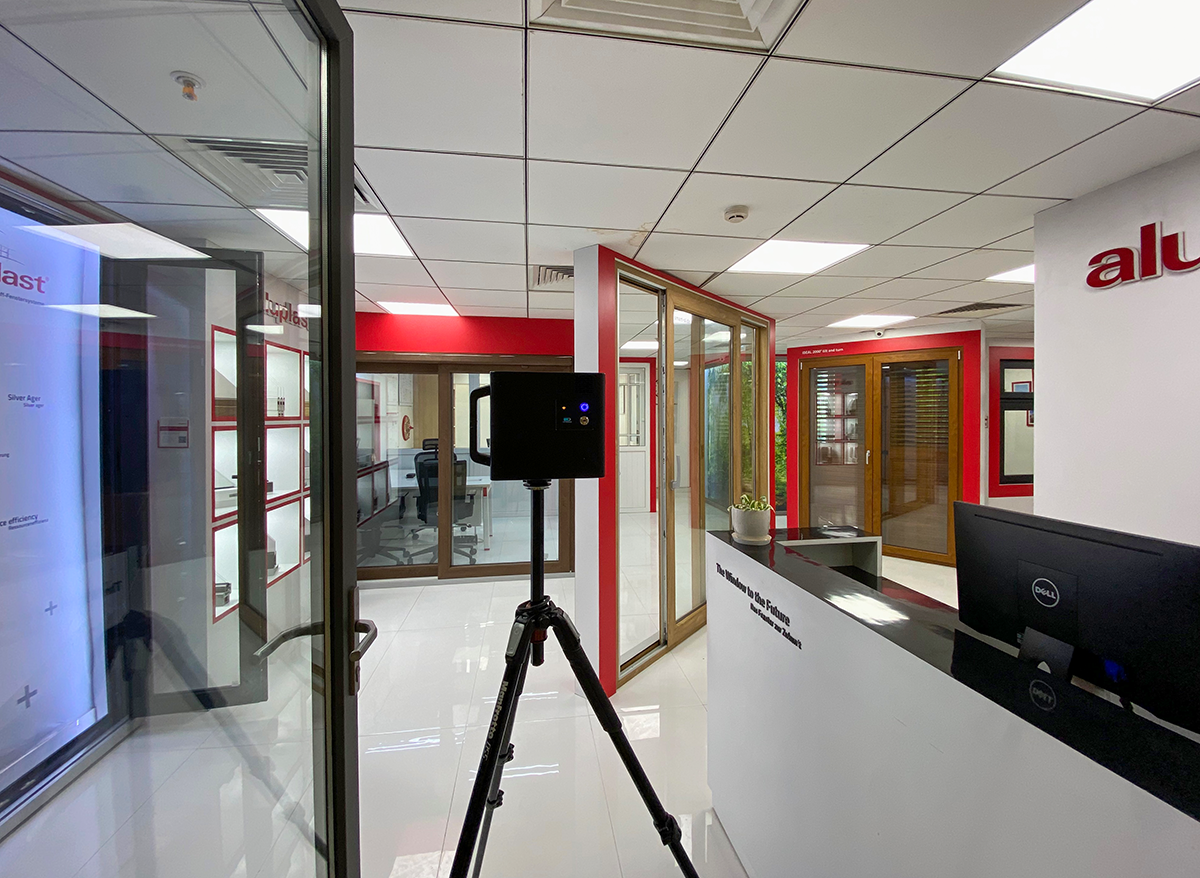
The Architecture, Engineering, and Construction (AEC) industry has long faced a productivity problem. A 2020 McKinsey report highlighted that large-scale projects typically take 20% longer to finish than scheduled and are up to 80% over budget. A primary cause is fragmented data and poor communication between stakeholders. The 3D digital twin has emerged as the most practical and powerful solution to this challenge, creating a single, objective source of truth that aligns teams and drives efficiency throughout the project lifecycle.
This technical guide provides a definitive analysis of how 3D digital twins are applied in AEC, the technology involved, and the quantifiable benefits they deliver.
What is a 3D Digital Twin in AEC?
In the context of AEC, a 3D digital twin is a dimensionally accurate, photorealistic 3D model of a physical job site. It is created by capturing both high-resolution imagery and spatial data using specialized scanners like the Matterport Pro3, which combines photogrammetry with LiDAR to capture depth. This results in a model that is both visually clear and geometrically precise—a true digital replica of as-built conditions.
Applications Across the Project Lifecycle
A digital twin provides distinct value at every stage of a construction project, from initial planning to final handover.
1. Pre-Construction & Design Phase
- As-Built Surveys: A rapid 3D scan provides a complete and accurate as-built model of existing site conditions. This is often faster and far more comprehensive than traditional manual measurements, reducing the risk of errors.
- Design Validation & Clash Detection: The as-built model can be imported into design software (like Autodesk Revit®) to overlay proposed BIM models. This allows for early clash detection, ensuring that new MEP systems will fit within the existing structure without conflicts that would later lead to costly rework.
2. Construction Phase
- Progress Monitoring & Accountability: Regular scans create a visual, time-stamped record of progress. According to a 2021 Dodge Construction Network report, 57% of contractors using reality capture cite improved ability to track site progress as a top benefit. This allows project managers to compare the actual work against the schedule and design plans, identifying deviations early.
- Remote Collaboration & Inspections: Stakeholders, from architects to clients, can conduct virtual site walk-throughs from anywhere. This reduces travel costs, speeds up decision-making, and allows for virtual "punch lists" where issues can be tagged, assigned, and tracked within the 3D model.
3. Post-Construction & Facility Management
- Definitive Handover Documentation: The final scan serves as a complete and accurate as-built record for the property owner. This is far more useful than stacks of 2D photos, as it contains all MEP systems in their precise, as-built context.
- Streamlined Asset Management: Facility managers can use the digital twin as a visual database, tagging the location of key assets like shut-off valves, electrical panels, and HVAC units with relevant maintenance information and documentation, transforming facility management from reactive to proactive.
Technical Deliverables for AEC Workflows
The value of a 3D scan extends beyond the visual tour. The underlying data is exportable for use in standard AEC software. The MatterPak™ Bundle from a Matterport scan is a key example, providing:
- Colorized Point Cloud (.XYZ): A set of millions of data points with XYZ coordinates and RGB color values, used for creating accurate as-built models in software like Revit®.
- 3D Mesh File (.OBJ): A textured 3D model that can be used in a wide range of 3D modeling and VR software.
For projects requiring higher density point clouds, dedicated LiDAR scanners produce **E57 files**, which are a vendor-neutral format for storing rich scan data that can be integrated into advanced BIM workflows.
Analysis
A 3D digital twin is a practical tool that addresses many of the core challenges in the AEC industry. By creating a single, shareable source of truth, it improves documentation accuracy, facilitates remote collaboration, reduces rework, and integrates with existing BIM and CAD workflows. It represents a shift from fragmented, 2D information to a holistic, data-rich 3D model of the project lifecycle, and its adoption is a key indicator of a firm's digital maturity.